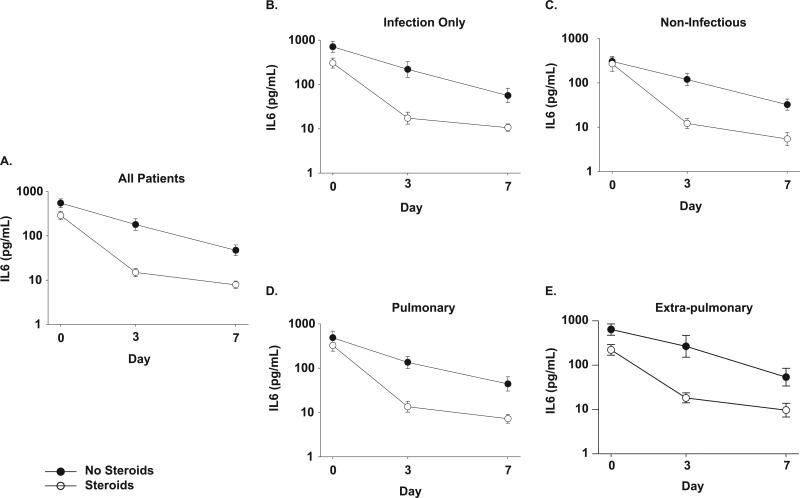Figure 1. Effects of methylprednisolone on plasma concentrations of interleukin-6 in patients with ARDS.
Panel A). IL-6 concentrations at time of study entry (day 0), day 3 and day 7 for all patients (usual care for ARDS ● and those treated with methylprednisolone ○). Data are presented as mean ± SEM of log transformed values (labeled in anti-log). Methylprednisolone treatment was associated with a decrease in IL-6 from baseline compared to patients receiving usual care on both day 3 and day 7 (p<0.0001 for both days).
In the subgroup analyses (panels B-E), a p=0.01 was used as a threshold for significance.
Panels B and C show plasma IL-6 concentration over time in the subgroups of patients with B). infectious causes of ARDS and C). non-infectious causes of ARDS. Both subgroups had a decline in plasma IL-6 with methylprednisolone at day 3 compared to baseline (p=0.0007 for infectious subgroup, p=0.002 for non-infectious subgroup) but not at day 7 (p=0.03 for infectious subgroup, p=0.02 for non-infectious subgroup).
Panels D and E show log plasma IL-6 concentration over time in the subgroups of patients with D). pulmonary causes of ARDS and E). extra-pulmonary causes of ARDS. Both subgroups had a decline in plasma IL-6 with methylprednisolone treatment at day 3 compared to baseline (p=0.0003 for pulmonary subgroup, p=0.001 for extra-pulmonary subgroup) but at day 7, only the pulmonary subgroup had a significant decrease in interleukin-6 with corticosteroid therapy compared to baseline (p=0.002).

